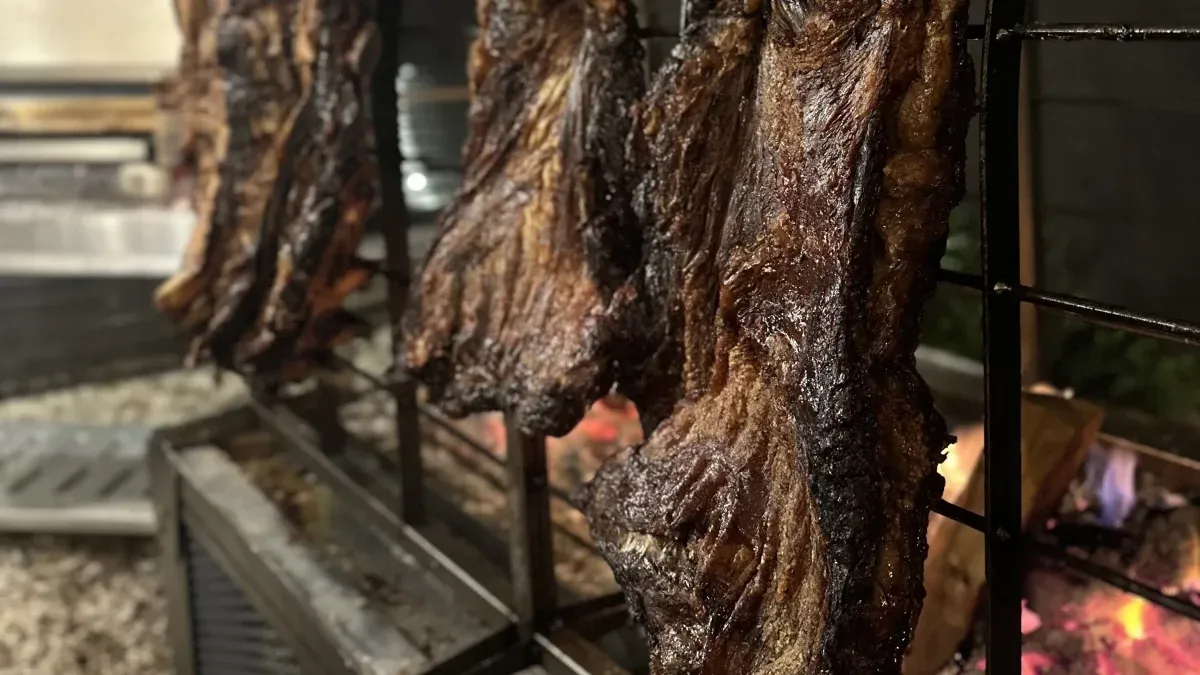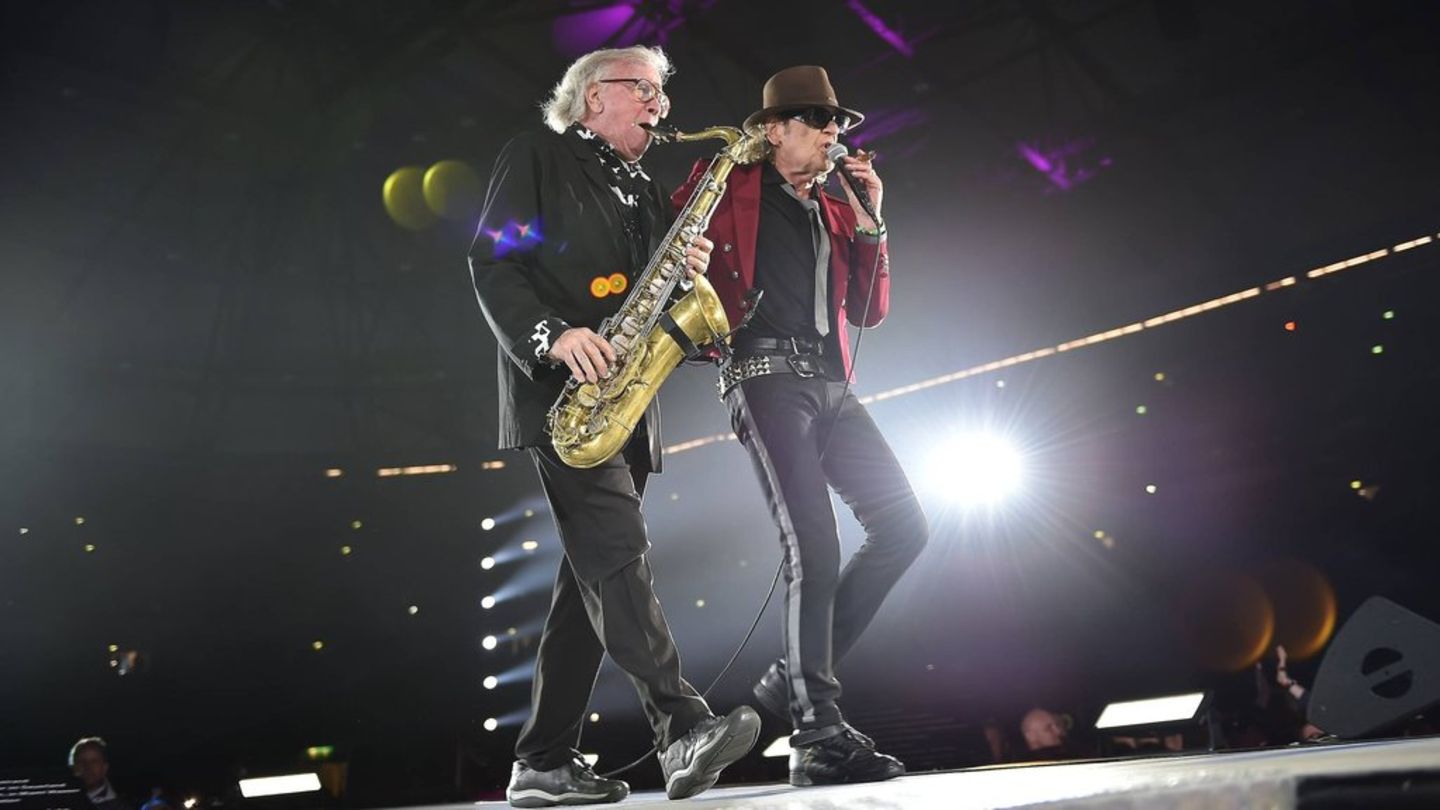He beef consumption is in the lowest level in a decade but the price increase was well below inflation. In this regard, specialists maintain that it is due to a change in the composition of household expenses, where services, transportation and fuel take up the majority of the salary.
He Institute for the Promotion of Argentine Beef (IPCVA) assured that the average price in September of the 24 different cuts of beef was $7,800 per kiloregistering a variation of 0.6% compared to the previous month.
Thus, in September, prices moved in the following way: matambre, roast and roast lid (+1.9%), loin (+1.5%) and vacuum (+1.4%). On the other hand, the cuts with the greatest falls in prices were the square (-0.5%) and the shoulder (-0.2%).
If the accumulated of the first nine months of the year is analyzed, which runs from January to September, The 24 cuts of beef had an increase of 32% and the interannual variation in inflation was 151%.
Why isn’t consumption picking up despite price moderation?
A report from the consultant Public sentiments published this month showed that “around 40% of the people surveyed claimed to have reduced their meat consumptioncoffee in establishments and edible gratifications, such as desserts, sweets or snacks”.
“In a country with award-winning gastronomy and historically high levels of meat consumption, the food is getting worse and worse. Less inputs, fewer rewards. It is a society that shrinks its spaces for enjoyment, but also for sociability,” said the director of the consulting firm Public Sentiments, Hernán Vanoli.
On the other hand, a report from the Rosario Stock Exchange (BCR), It projects that the average annual consumption of beef per inhabitant this year will be only 44.8 kilos, below the historical average of 72.9 kilos. And even below the 1920 floor, when 46.9 kilos per capita per year had been consumed.
The entity also estimates that the total consumption of beef, poultry and pork in Argentina could be around 105.7 kilos per inhabitant throughout 2024. which means that on average each person would consume seven kilos less of meat compared to the average of the last 10 yearswhen they added up to 112.8 kilos.
As for why this situation is generated, the main consulting firms assure that the composition of household expenses has changed: while the salary index increased 128.5% compared to November year-on-year, electricity, gas and fuels rose 320.2%, which is added to the 252.6% increase in public transportation expensesamong other services.
Source: Ambito
I am an author and journalist who has worked in the entertainment industry for over a decade. I currently work as a news editor at a major news website, and my focus is on covering the latest trends in entertainment. I also write occasional pieces for other outlets, and have authored two books about the entertainment industry.




